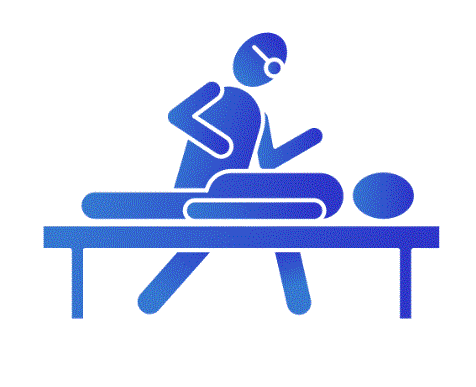
Tui Na, a traditional Chinese therapeutic massage, has been used for over 2,000 years to promote healing and balance. This hands-on therapy involves kneading, rolling, and pressing techniques to stimulate acupoints and energy pathways (meridians), enhancing circulation, relieving tension, and restoring the body’s natural flow of energy.
Benefits of Tui Na:
- Pain Relief: Effective for back pain, neck pain, arthritis, and sports injuries.
- Stress & Mental Health: Helps reduce anxiety, depression, and insomnia.
- Digestive & Overall Health: Supports digestion, improves mobility, and enhances energy flow.
- Boosts Immunity: Strengthens the body’s defenses and improves overall resilience.
- Promotes Relaxation: Eases muscle stiffness, reduces inflammation, and enhances flexibility.
Often combined with acupuncture and herbal medicine, Tui Na offers a natural, drug-free approach to restoring well-being, preventing illness, and improving overall quality of life. It is a safe and effective therapy suitable for people of all ages, providing long-term health benefits.
